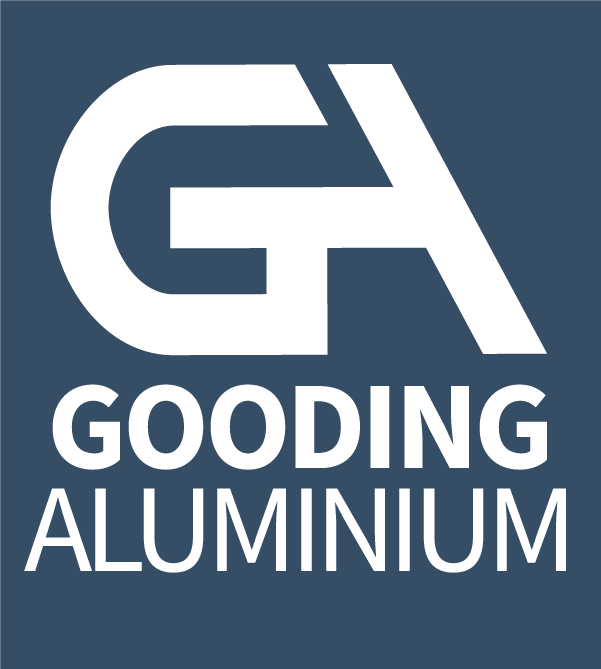Practical Applications of Aluminium Channel Dimensions in Retail, Office, and Public Spaces
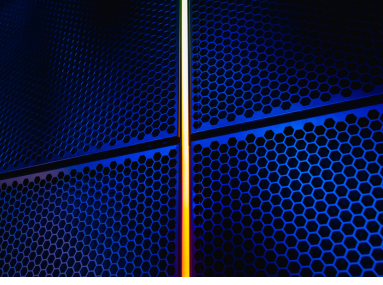
When it comes to aluminium channel dimensions, understanding their role in design and construction is essential. Aluminium channels are versatile, lightweight, and durable, making them a popular choice across a range of industries. From providing structural support in commercial spaces to adding sleek finishes in office interiors, aluminium channels are engineered to deliver both form and function.
In this blog, we’ll explore how aluminium channel dimensions are applied in retail environments, office fit-outs, and public sector projects, helping you make informed choices for your next design or build.
What Are Aluminium Channel Dimensions?
Aluminium channels are extruded profiles that typically feature a U-shape or C-shape design. Their dimensions vary depending on profile width, depth, and thickness, allowing them to serve multiple applications. Whether you need a lightweight aluminium channel for decorative purposes or a structural aluminium channel for strength, the right dimensions are critical for performance and appearance.
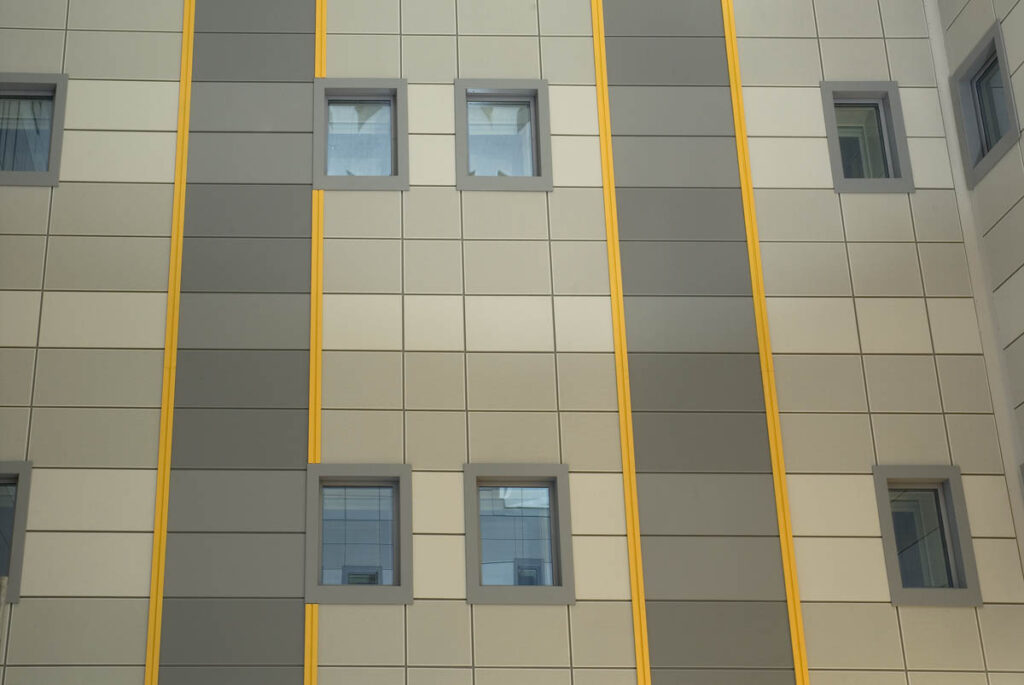
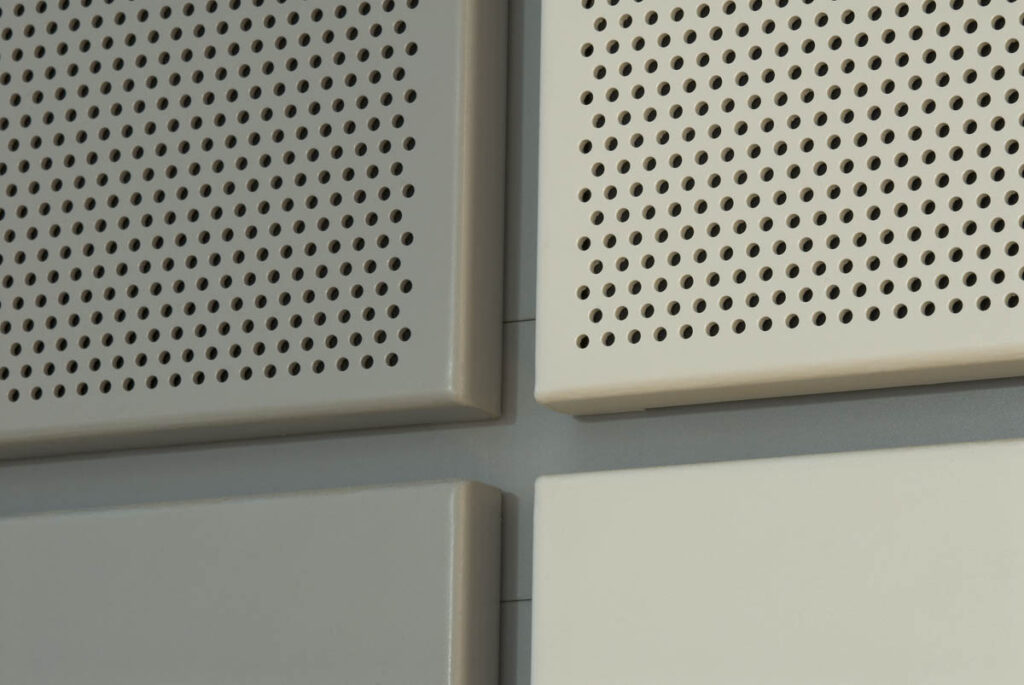
Aluminium Channel Applications in Retail Spaces
Retail design demands materials that are visually appealing, durable, and easy to maintain. Aluminium channels tick all these boxes:
- Display units and shelving – Channels provide discreet structural support for shelving systems without compromising aesthetics.
- Framing and edging – Used around panels, glass, or signage, aluminium channels deliver clean lines for a professional look.
- Lighting integration – Channels house LED strips, enhancing ambience and guiding customer flow within stores.
Their lightweight and recyclable qualities also align with the sustainability goals of modern retail environments.
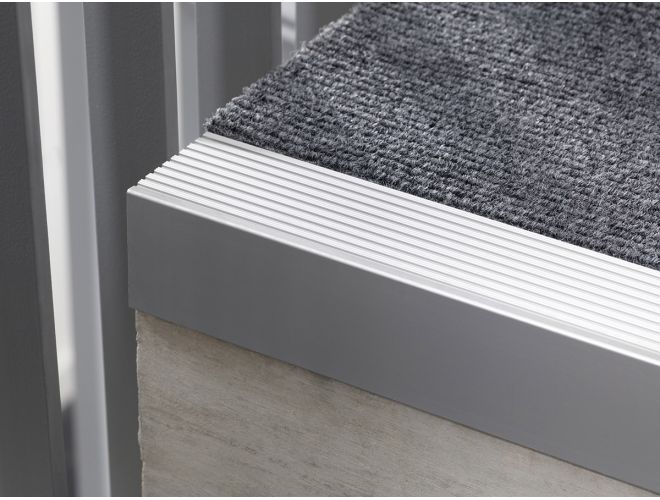
Aluminium Channel Dimensions in Office Fit-Outs
In office interiors, aluminium channels help achieve a sleek, contemporary finish:
- Partitioning systems – Slimline channels are often used in glass wall partitions, providing stability while maintaining transparency.
- Cable management – Channels discreetly conceal wires and cabling in open-plan offices.
- Architectural trims – Available in anodised or powder-coated finishes, aluminium channels add sophistication to ceilings, walls, and joinery.
Because they are resistant to corrosion and low-maintenance, they suit high-traffic office environments where durability matters.
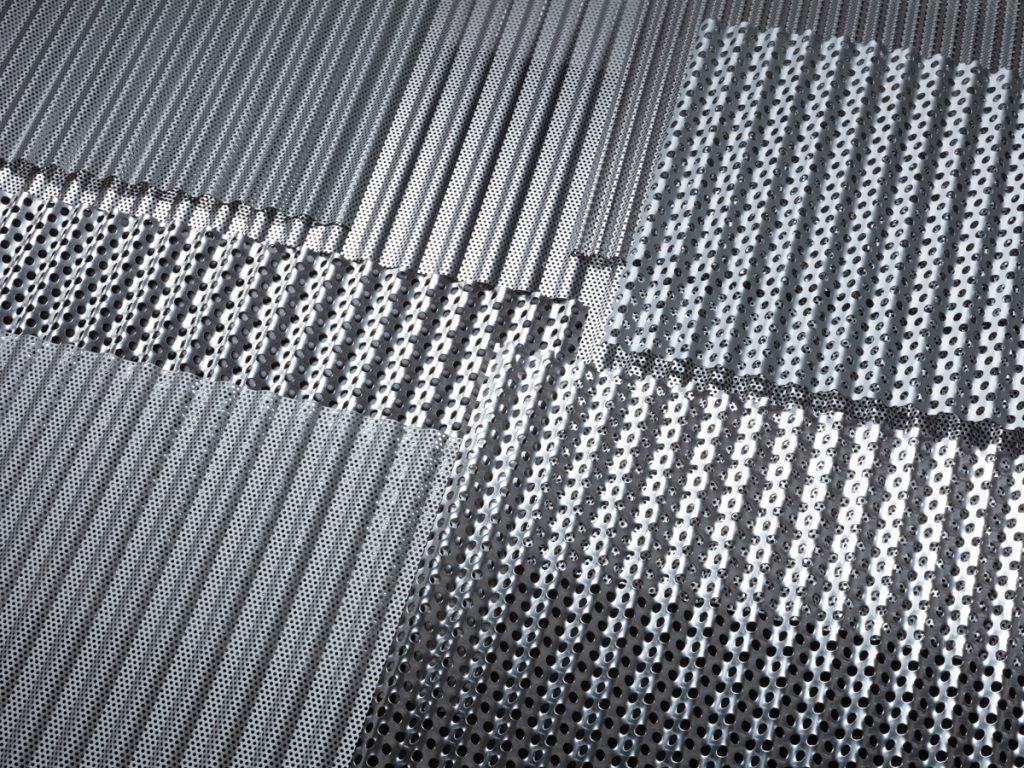
Aluminium Channel Dimensions in Public and Cultural Spaces
Public sector buildings and cultural venues require materials that combine strength, safety, and design appeal:
- Cladding support systems – Larger aluminium channel dimensions are often used to hold panels in place for interior and exterior walls.
- Transport hubs and stations – Channels provide framework for wayfinding signage and ticketing counters.
- Cultural buildings – Museums, galleries, and theatres use channels for discreet framing that enhances, rather than distracts from, exhibits.
The variety of standard and bespoke aluminium channel sizes means architects can achieve both performance and visual continuity.
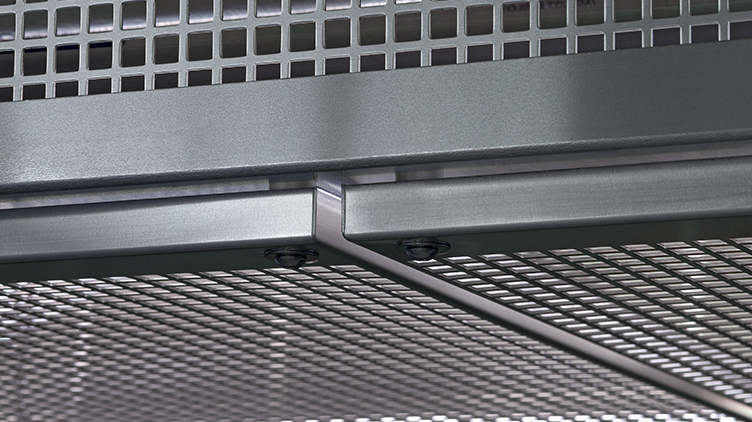
Why Aluminium Channel Dimensions Matter
Choosing the right aluminium channel size is about more than just fitting the profile—it’s about ensuring long-term performance. Consider:
- Load-bearing requirements
- Desired finish (mill finish, anodised, or powder-coated)
- Aesthetic impact
- Ease of installation
Working with trusted suppliers like Gooding Aluminium ensures you get architectural-grade aluminium profiles produced to British and European standards.
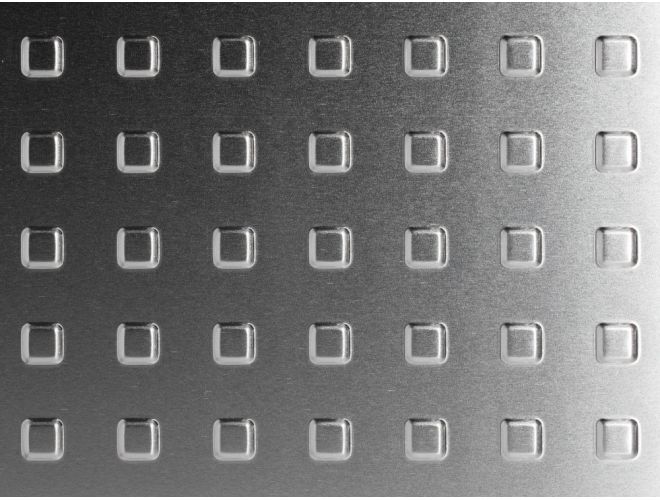
Conclusion
From retail displays to office partitions and public sector cladding, aluminium channel dimensions play a crucial role in shaping modern built environments. Their versatility, lightweight properties, and wide range of finishes make them an ideal solution for designers, specifiers, and contractors.
Browse our full collection of aluminium channel profiles here and request free samples to start specifying today.
Call us on 020 8692 2255 or email sales@goodingalum.com to discuss your project requirements.
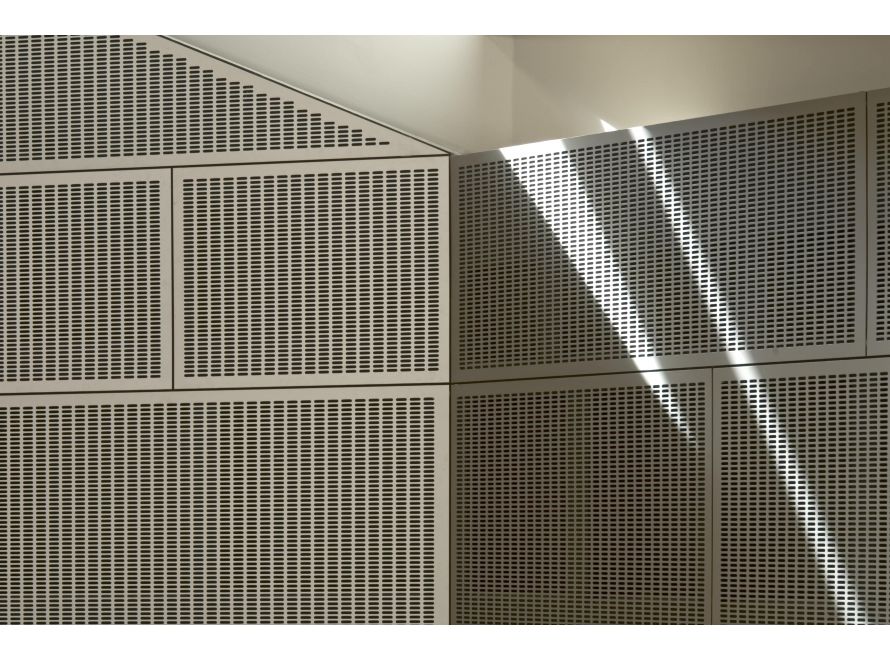
Frequently Asked Questions (FAQs)
Q1: What are the most common aluminium channel dimensions available?
A1: Standard aluminium channel sizes vary by profile, but typically include widths from 10mm to 50mm and depths from 10mm to 25mm. Custom extrusions are also available.
Q2: Can aluminium channels be powder coated?
A2: Yes, aluminium channels can be supplied in mill finish, natural anodised, or powder-coated finishes, offering flexibility in design and durability.
Q3: Are aluminium channels suitable for outdoor use?
A3: Absolutely. Anodised and powder-coated aluminium channels are highly resistant to corrosion, making them ideal for both indoor and outdoor applications.
